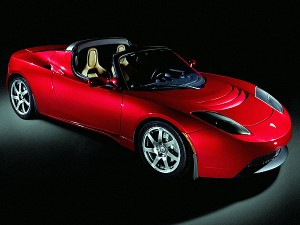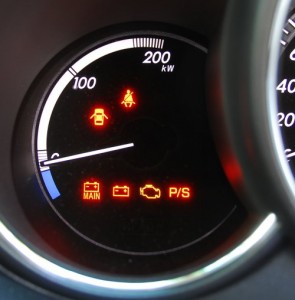Tuning programmable management on the road
Never have I had such fun when playing with a car! So what am I excited about?
Tuning programmable management on the road.
Regular readers will be aware of our Honda Insight series. As you’d expect, the publication of the articles in that series lags well behind where I am actually up to with the car. (I don’t want to run into a problem and have a big gap in the middle of the series, so it’s best from a publishing perspective that I take this approach.)
So I am around three months ahead of the series in what I am actually doing – so explaining my recent tuning of the MoTeC M400.
In the last month I’ve been tuning crank and start, fuel, ignition, idle speed control, turbo boost, exhaust gas recirculation, acceleration enrichment, wide-band closed loop feedback and lots of others.
All has been done in my shed, driveway or on the road.
It has been an immense learning curve – I’ve never before tuned a programmable management system – with some problems to overcome along the way.
But what I have found so rewarding is the degree of control that you can have over how the car drives. Tuning an interceptor (that I have previously done) or making minor tweaks to factory ECU inputs and outputs allows you to do lots of things, but tuning programmable management allows you to do so much more. (The same would also apply to factory ECUs where the software has been cracked – not the case with the Insight.)
Having so much control means that you can stuff things up absolutely mightily. I am not talking about blowing the engine (though that of course isn’t difficult with wrong timing or fuel figures) but how the car can be made to drive so badly, so easily.
Or, more positively, you can tweak and tweak and tweak until you achieve things that appear initially impossible.
The Insight is running without its hybrid electric assist at this stage, so the bottom-end torque normally provided by the electric motor is missing. With just a 1 litre engine, very high gearing (especially in first and second) and 4800 rpm peak torque, getting the car tractable around town has been no mean feat.
That’s especially the case when no ‘start-up’ map exists for this car – the MoTeC has had to be programmed literally from scratch.
The excitement of activating and then mapping exhaust gas recirc that boosted part-throttle low-rpm torque to a major degree was sensational; getting acceleration fuel enrichment sorted so the turbo boosts much more quickly after a throttle movement was fun; mapping the control of the water/air intercooler pump so that the pump works only when needed was intriguing; and designing the boost table in three dimensions to give exactly the boost behaviour I want was exciting.
I can now see better why a friend of mine years ago talked about driving to work each day, laptop on the passenger seat and making tuning tweaks at every set of traffic lights! With literally thousands of data points able to changed, and often interacting with each other in the driving, getting the perfect tune could be a lifetime pursuit.
But in the mean time, it’s a helluva lot of fun.

 Julian Edgar, 50, has been writing about car modification and automotive technology for nearly 25 years. He has owned cars with two, three, four, five, six and eight cylinders; single turbo, twin turbo, supercharged, diesel and hybrid electric drivelines. He lists his transport interests as turbocharging, aerodynamics, suspension design and human-powered vehicles.
Julian Edgar, 50, has been writing about car modification and automotive technology for nearly 25 years. He has owned cars with two, three, four, five, six and eight cylinders; single turbo, twin turbo, supercharged, diesel and hybrid electric drivelines. He lists his transport interests as turbocharging, aerodynamics, suspension design and human-powered vehicles.


